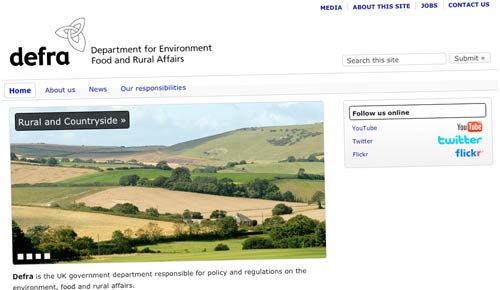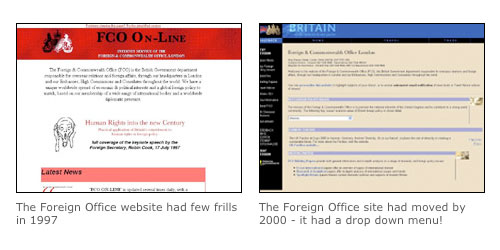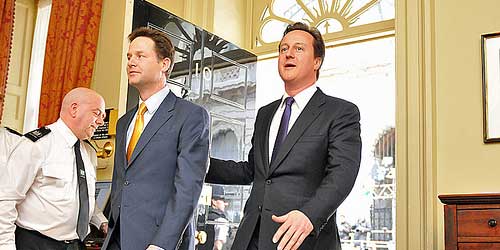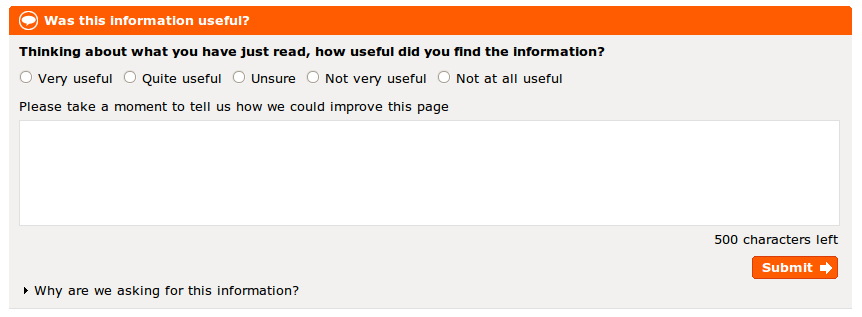Point one: producing documents is hard work. Producing documents in government circles is even harder. Too hard.
I remember once hearing of another European government – Denmark, was it? – where they had a policy that documents and publications had to be closed down two days before publication. In the UK, we have allowed ourselves to get into a habit of last-minute, indeed last-second revisions.
We need to break that habit; but until we do, and it’s going to take a very long time, we should be taking other steps to make production simpler. Unless something has to be in the process, and that may have to include ministerial whim – it should be eliminated.
Point two: design is expensive – very expensive. Don’t get me wrong: it’s often money well spent. But it soon adds up. And the country just doesn’t have the spare cash to keep on changing government departments’ branding, or giving each individual document its own colour scheme.
Point three: the NHS, the BBC, London Transport. All British success stories, recognised internationally. All applying rigidly consistent branding. Could the two be connected?
All of which leads me to the conclusion that it’s time Britain – or more accurately, Whitehall – seriously considered the notion of a common government brand for all communication. And right now, we have both an opportunity, and an incentive.
Designer Paul Robert Lloyd summed the situation up beautifully last year in this blog post reviewing other countries’ common governmental branding. He could also have looked at numerous other countries too: in fact, if you look across the major industrialised nations, the UK’s design anarchy is the exception rather than the rule. (Almost as interesting as Paul’s post are the comments which follow – indicating a sense that the design community would actually welcome it on an aesthetic level too.)
We have a new government, and we’re (apparently) going to have it for another five years – maybe ten, maybe fifteen. We have a completely new set of faces at the Cabinet table, none of whom will have strong attachments to what has gone before (good point Jeremy). There is a desire in the population to start things afresh. And the new administration needs symbolic measures which say ‘look how we’re eliminating all that wasteful government spending of the past’.
It’s an idea whose time has come, and will not come again for some time.




